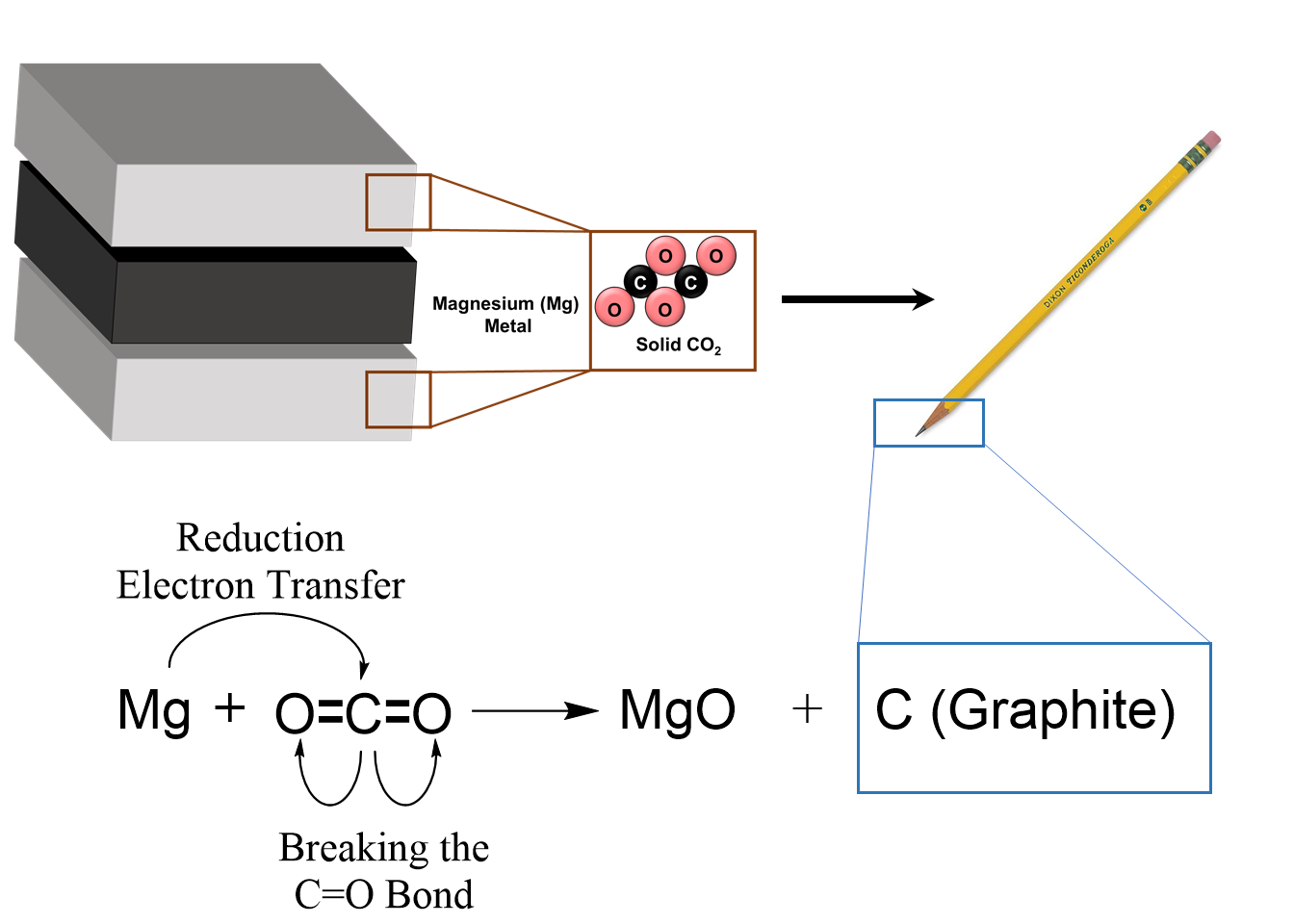When the COVID-19 pandemic put a halt to all in-person outreach activities our team came together to launch its first-ever social media outreach campaign through the TikTok platform, and in March of 2021 IvyLeagueScience was born. As TikTok began to dominate the social media landscape for Gen Z users, we began to distill traditional in-person demonstrations and activities into short humorous clips. Our team develops all of our original content in-house, applying our collective decades of in-person outreach experience to this new realm of scripted, produced content. We write original scripts, act and perform visual scientific demonstrations, edit and produce HD video content, and curate our TikTok page with exciting and eye-catching posts. Since its conception, our IvyLeagueScience page has garnered nearly 16 million views, 3.6 million likes, and over 150k followers! Join us on our online outreach journey by Following, Liking, and Sharing our content to help spread the joy and wonder of science to our followers across the globe!
Meet the Cast
Nick Orchanian, PhD is a CNI Postdoctoral Research Fellow here in the CCI with nearly a decade of experience working with science outreach campaigns. Nick brings his expertise in presenting scientific demonstrations for classroom audiences to our TikTok page, helping to deliver an informative message along with the excitement of visual, chemical experiments.
Claudia Prindle is an NDSEG Graduate Research Fellow here in the CCI with experience in science outreach and a passion for bringing science to the social media landscape. Claudia brings her expertise in performing visual demonstrations and talent for catching on to viral trends, helping our campaign to reach mass audiences online.
The Science Behind the Viral Hits
Eager to learn more about the science in our TikTok posts? CCI member Austin Evans, PhD has compiled this list of behind-the-scenes science for our curious fans!
The Science of: DIY Nylon Hack
Nylon Polymerization at an Interface

Polymers are strings of molecules linked through chemical bonds. In this video, we are linking two molecules, hexamethylene diamine and decanedioyl, into a repeating polymeric strand. This polymer is commonly known as Nylon and is a major component in fabrics and food packaging. To make this polymer, Claudia first prepares two solutions each with one of the monomers. The first is made by dissolving hexamethylene diamine in water and the second is prepared by dissolving decandioyl into cyclohexane. When these solutions are layered onto one another, they do not mix. This means that the chemical reaction that produces the Nylon only happens where the two liquids meet. As the formed polymer is drawn off of the surface, more polymer is formed at the exposed interface. This is how Claudia forms long strands of Nylon, just by pulling the polymer off of the surface. Similar approaches can also be used industrially to produce the Nylon polymers that are used in clothing.
The Science of: Exploding Gummy Bears
Oxidation of Organic Matter

Organic matter is made up of carbon-based compounds that are the fundamental component of all life, including sugars, proteins, nucleic acids, and fats. These compounds can be reacted with oxygen to produce carbon dioxide and energy, similar to a campfire or transforming food into energy. In this demo, we increase the rate of this oxidation reaction by including a more powerful oxidant than oxygen. Specifically, we melt an oxidizing salt (potassium chlorate) at the start of this video and then add a gummy bear (which is primarily sugar). The rate of the chemical reaction is very rapid, generating significant heat and light.
The Science of: Hydrogen Explosion
Energy Levels in Different Atoms

When hydrogen gas (H2) is exposed to a flame, it ignites and generates energy in the form of heat and light. This energy can interact with other elements that we put into the balloon. Specifically, this energy causes an electron (the negatively charged particles that orbit a positively charged nucleus) to be excited into a higher energy state. As these electrons return back to their starting state, they release more energy in the form of light. Because different elements have different electronic states, the color of light produced depends on the element that is present. For instance, in the example video when the flame is red, we can tell that Nick added sodium to the balloon and when the flame is green, we can tell that Nick added copper to the balloon.
The Science of: Gallium Spoon Prank
A Metal with an Unusually Low Melting Point
Metals typically melt at very high temperatures. However, the strength of the bonding and the unusual packing of gallium atoms in its solid lead to gallium melting at unusually low temperatures when compared to other metals. This allows the gallium spoon to melt, even when stirred in warm water.
The Science of: DIY Pencil Hack
Making Graphite from Carbon Dioxide

Pencil lead is made of graphite, which is a solid form of carbon. In this demonstration, Nick starts with a solid block of carbon dioxide (CO2) that is frozen at very low temperatures. To transform CO2 into solid carbon, the carbon atoms must acquire additional electrons in a process known as reduction. To achieve this, Nick adds elemental magnesium (Mg), which is sufficiently reactive to reduce carbon dioxide into graphite. This process produces energy during the reaction, which leads to the light and heat being generated in the video.